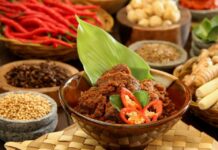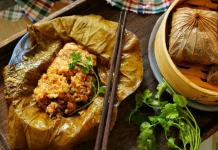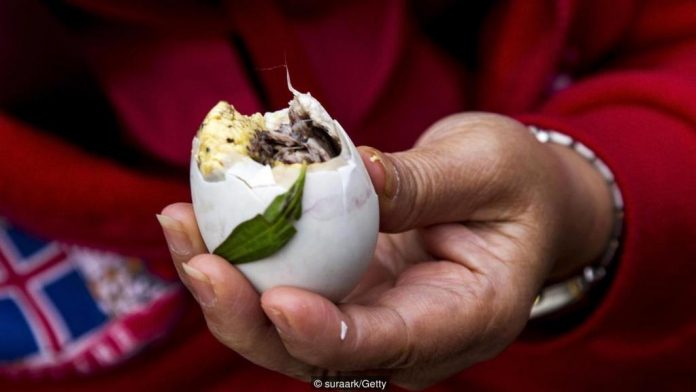
From mite-infested cheese to red-ant chutney, these out-there foods might make some people squirm.
- 11 weirdest street foods around the world
- Kid Mai Death Cafe — Experience the feeling of death at this Bangkok coffee shop
- Weird Asian food — 10 famous weird foods in Asia dare you to eat
- 6 weird Vietnamese foods dare you to eat
- Why is Kobe Wagyu so expensive? — Explore the “Kings and Princesses” life of Kobe Cows
Written by Lindsey Galloway
It may be a matter of taste, but the food in some countries can be so out there that it might only seem normal to the people who live there.
At least that’s the premise behind the Quora question, “What food is popular in your country, but unacceptable in others?“From mite-infested cheese to poisonous mushrooms, these foods are both savoury and squirm-worthy, depending on who you ask.
Here are a few of our favourites:
France
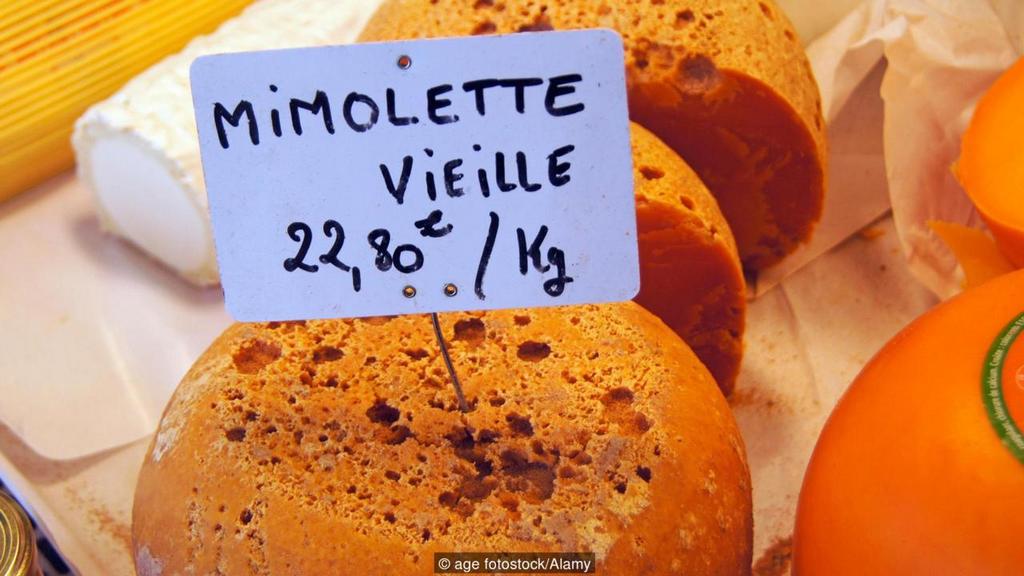
Sure, France is famous for its cheese, but Mimolette is in a league of its own due to its unique (and not for the faint-of-heart) aging process. Camille Feghali from Paris described it as: “I come from Lille’s region, northern France, and when I turn old, I look a little rusty. Some uninitiated try my crust, thinking I am like other cheese. If only they knew…”
She then proceeded to post photos of the tiny mites that are given free rein to gnaw on the cheese, leaving little holes throughout the crust. The mites help develop the earthy, brothy flavour of the hard cheese, which ages over six to 18 months.
The United States Food and Drug Administration briefly halted the import of the cheese in 2013, due to the possibility of allergic reactions if consumed in large quantities.
Mexico
Corn originated in Mexico more than 7,000 years ago, so it’s no surprise the country has countless variations on how to cook it. None are quite so unique as huitlacoche, however.

“Huitlacoche is corn infested by parasite fungus,” explained Alejandro Reyes from Monterrey, Mexico.
Also known as “corn smut”, the kernels swell into growths that are similar to mushrooms, and are later harvested. When cooked, they take on a woody, earthy flavour.
“It’s usually eaten in quesadillas… I personally don’t like it,” Reyes said.
Southeast Asia
Eggs are a popular breakfast food in many countries, but none are prepared quite like balut in Southeast Asia. The breakfast dish is boiled duck embryo, served in the egg.

Alyanna Ghia De Guia from Taguig City, Philippines, describes the best ways to eat it, starting with cracking open the egg, and adding the all-important seasonings. “The most common seasoning is rough sea salt, which the vendor is expected to supply you,” she said. “Otherwise, it’s vinegar spiced with chilies and minced onions, also available from the balut vendor.”
You then enlarge the opening enough to bite off the yolk, and “when you come to the duckling, eat that too,” she added.
“Judging by the reaction of my western friends, it’s quite unacceptable for them to even think about,” said Tran Quyet Thang from Vietnam, currently living in Orlando. “You can find it in most traditional outdoor marketplaces, at every corner of every street in Vietnam. Most Vietnamese have tasted it. Many have it every day. It’s actually quite nutritious, especially for children.”
Finland
The false morel mushroom, described by some as having a nutty, sweet maple taste, is so good it might just be flavour to die for. The highly toxic mushroom is banned throughout most of Europe, but in Finland, the fungus is a delicacy. It requires delicate handling and preparation to remove most of the main toxins – it’s usually dried and parboiled at least twice. Even still, the preparation doesn’t remove all of the poisonous chemical – side effects can include everything from a queasy stomach to death for the metabolically sensitive.
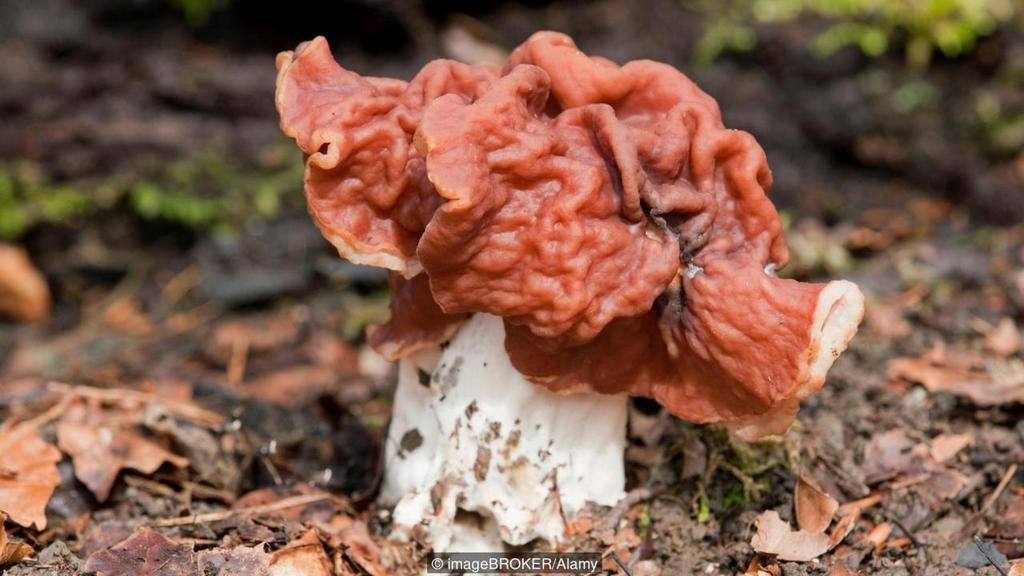
“In Finland we have very active education for its correct handling and we haven’t had death cases, not even poisonings,” said Kari Autero from Finland. “But its toxins can affect you even in a closed space, so they can’t be even stored inside your car when you are shopping.”
Once prepared, the mushrooms are often used in a risotto or a creamy pasta sauce.
United States
Don’t let the name deceive you: Rocky Mountain oysters have nothing to do with the sea. The dish is an invention from US cattle ranchers, with cow testicles as the key ingredient.
“They are usually coated in flour and deep fried. They are a bit chewy and sometimes have a bit of a pop to them,” said Leslie Venetz originally from Montana. “They are pretty darn good actually.”
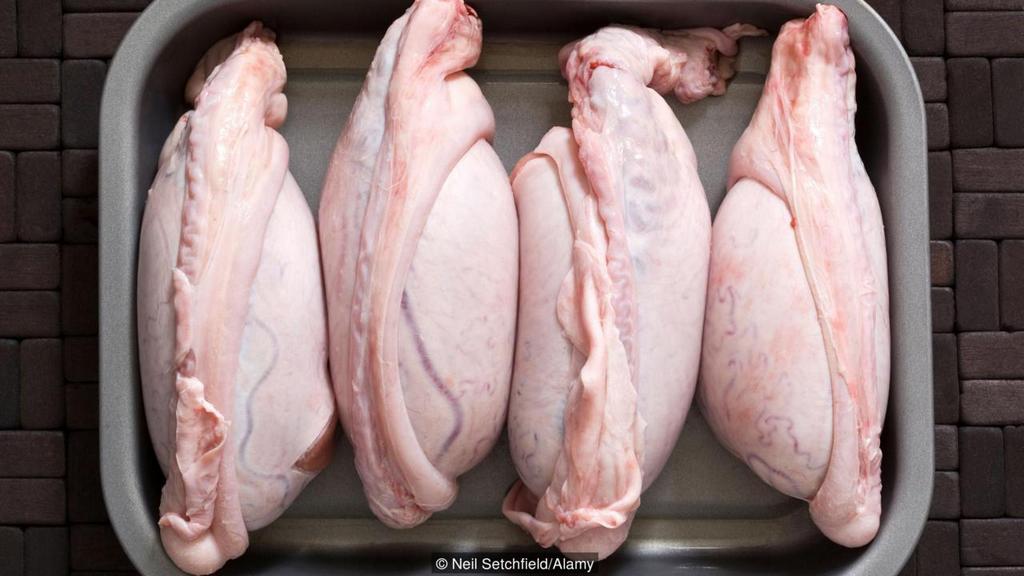
Thane Wegner from Oregon had additional cooking suggestions. “My favourite cooking method is also the easiest. Cut the thin membrane layer off and let them cook through on an open flame or hot rock or piece of metal. Then eat,” he said. “Others prefer to add them to breakfast mixed with scrambled eggs or any other entrée replacing sausage.”
India
Chutneys are popular throughout India as a way to add flavour to meals. But the tribes in state of Chhattisgarh, in Central India, have a special recipe known as chaprah.
“What’s this special chutney made of? Red ants and their eggs!” said A S Ramprasad from Hyderabad. “To prepare chaprah, red ants are dried, spices and sweeteners are then added and the chutney is ready to be eaten with any meal. Crunchy stuff.”
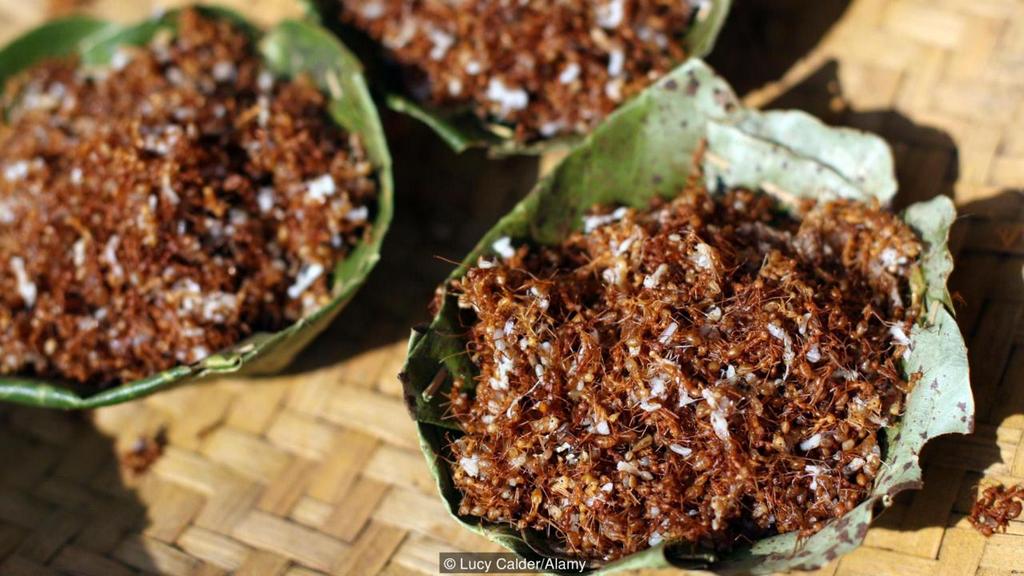
Venezuela
In this South American country, it’s not so much the food itself that is unusual, but the way it’s prepared.
“For us, it is way popular to eat grains (like black beans, lentils, you name it) with sugar! A lot of sugar, if possible,” said Eliezer Saul Briceno-Gonzalez. “Someone ‘imported’ the idea of eating grains with salt, but, to be honest, if they’re not sweet… that’s not a Venezuelan recipe.”
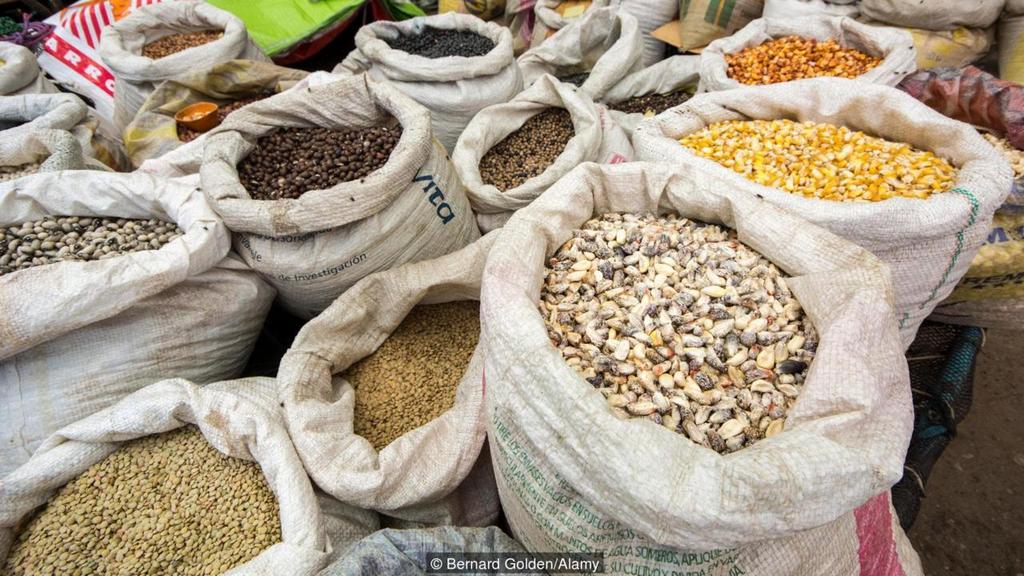
Sugar has become more expensive and harder to find in the country, which has turned on some people to unsweetened grains, but that hasn’t stopped Briceno-Gonzalez, even when he’s in a different country.
“I realized it was a 100% Venezuelan thing once in Ecuador,” he said. “I had a dish of black beans with rice and fried meat, and when I asked for some sugar, the waiter gave me a ‘what!?’ look. I laughed and had to explain that that’s the way I eat in my country, and that it’s very common for us. ”
England
Opinions on British Marmite vary so widely that even the company that produces it has adopted “Love it or Hate it” as a slogan. The concentrated brewers’ yeast has a strong, salty, umami taste, loved by some (Australia and New Zealand have their own beloved versions) and loathed by others (Denmark briefly banned the savoury spread in 2011).
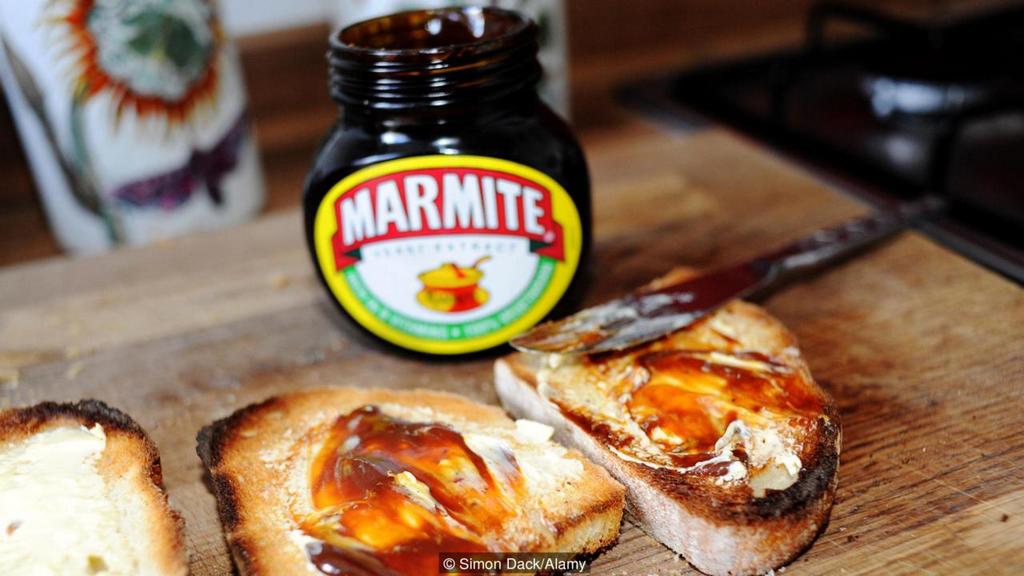
“It’s absolutely delicious on hot toast, or in a sandwich with slices of cucumber,” said Charlie Mitton from Bristol.
Not everyone shares his high praise however. “[My] French girlfriend refuses to have it in the house,” Mitton added. “She views it with absolute horror and thinks it’s a gastronomic abomination.”
































![10 best airports in Asia in 2016 [RANKED] kuala-lumpur-international-airport-best airports in asia in 2016 by skytrax ratings](https://livingnomads.com/wp-content/uploads/2016/08/29/kuala-lumpur-international-airport-best-airports-in-asia-in-2016-by-skytrax-ratings-218x150.jpg)












